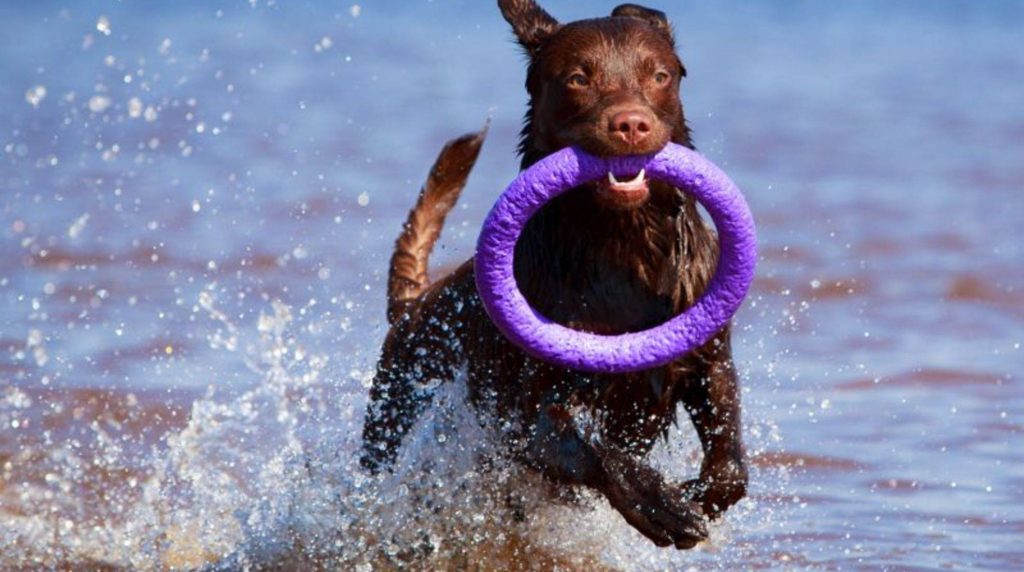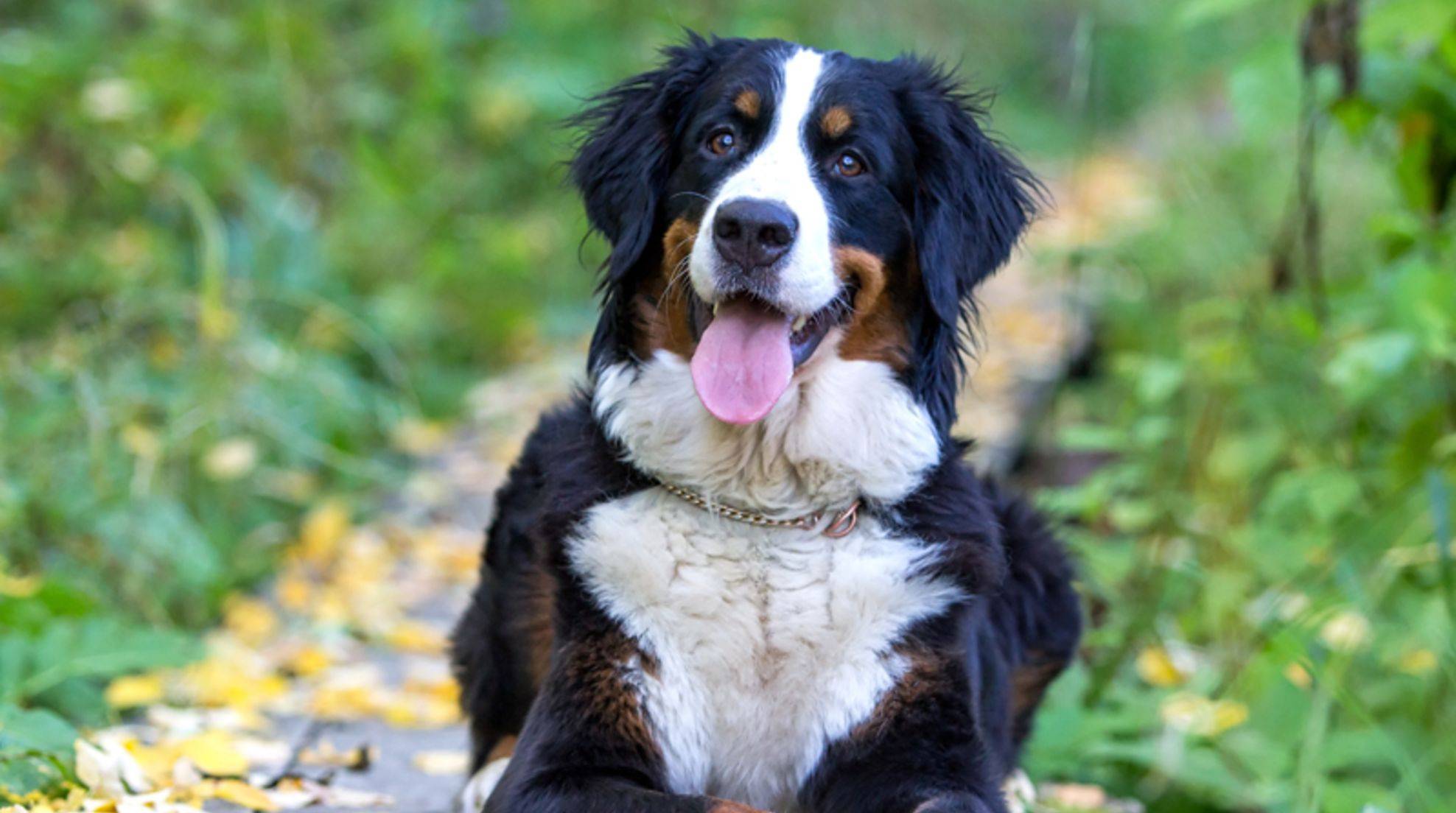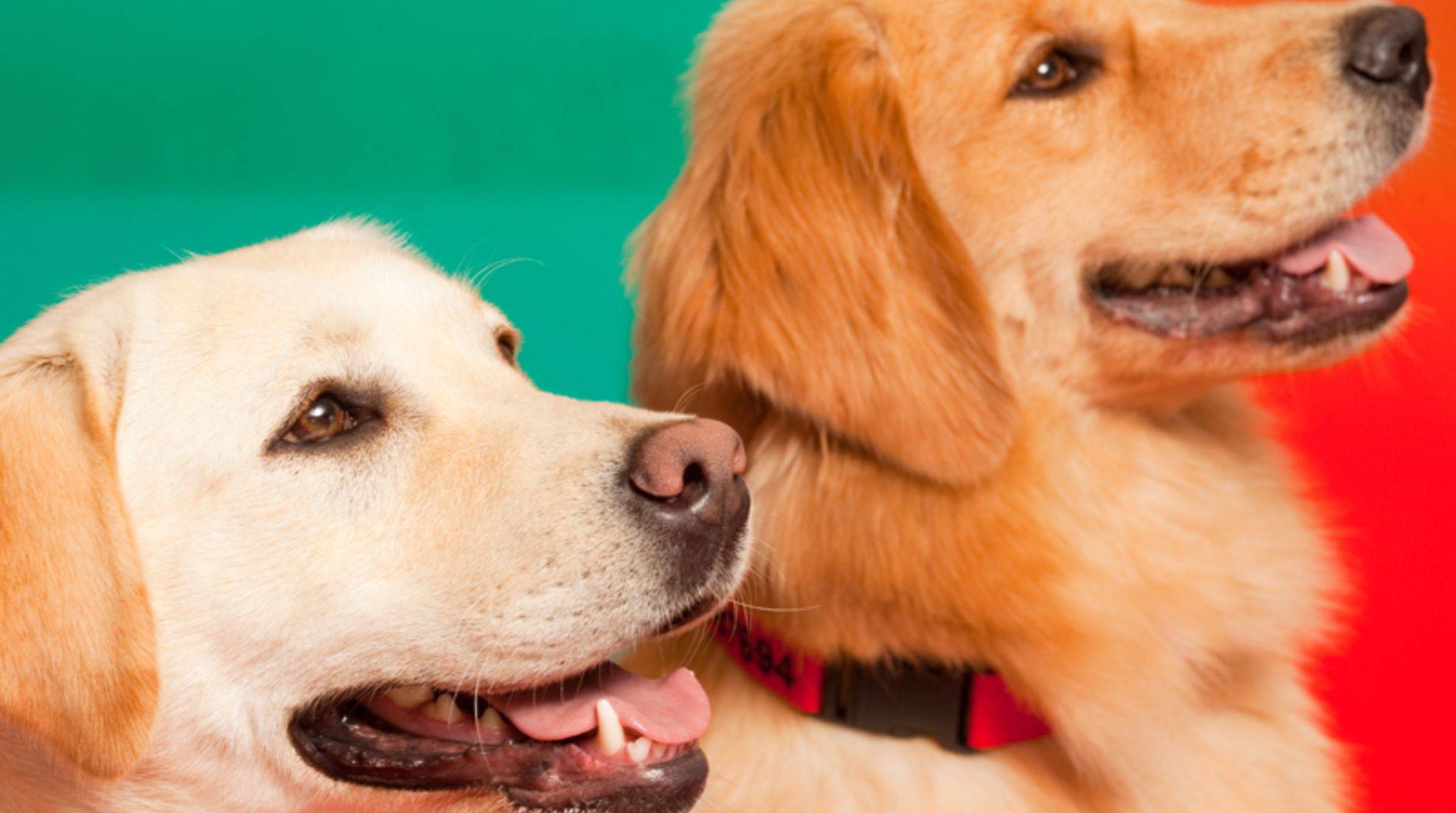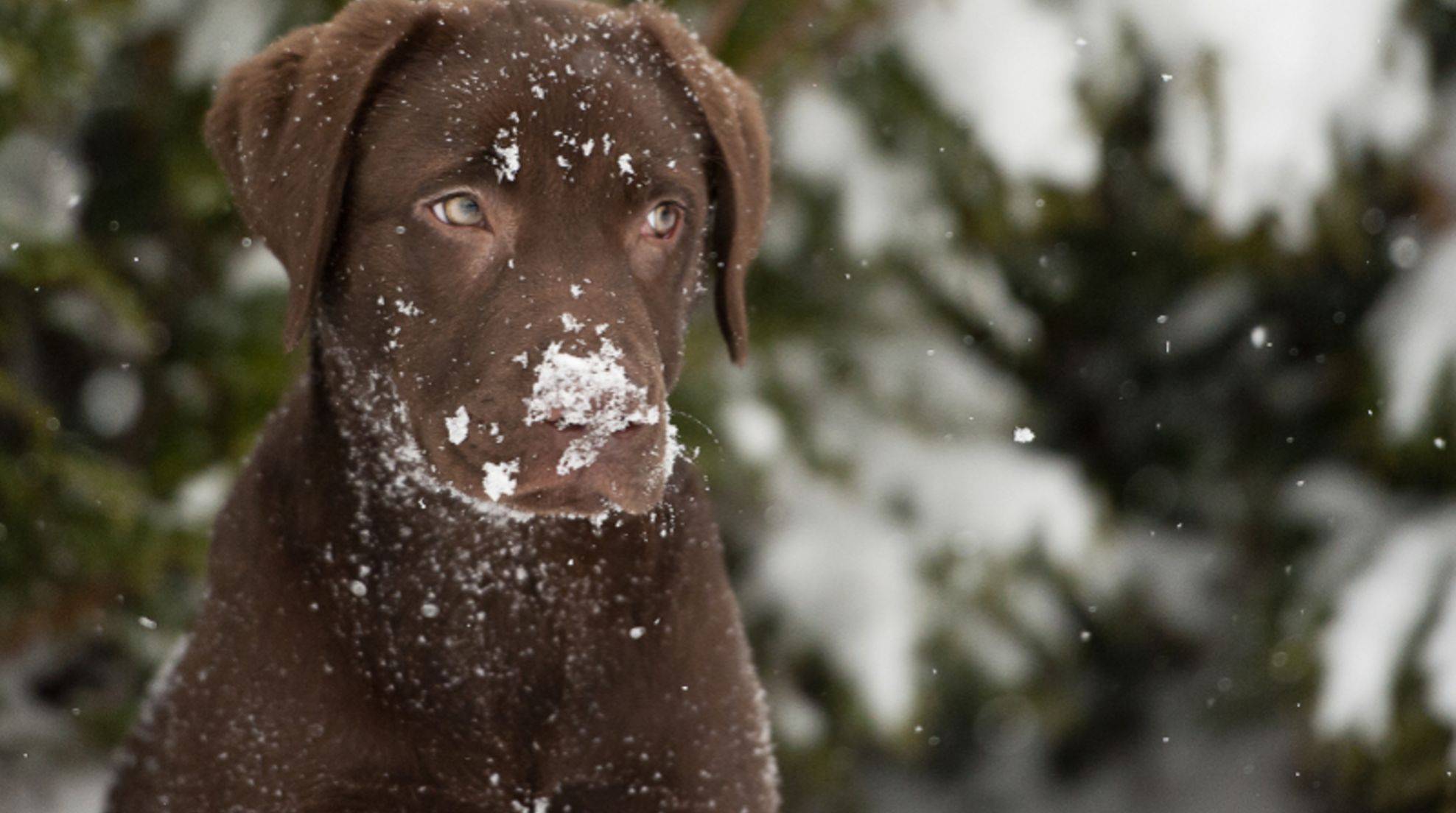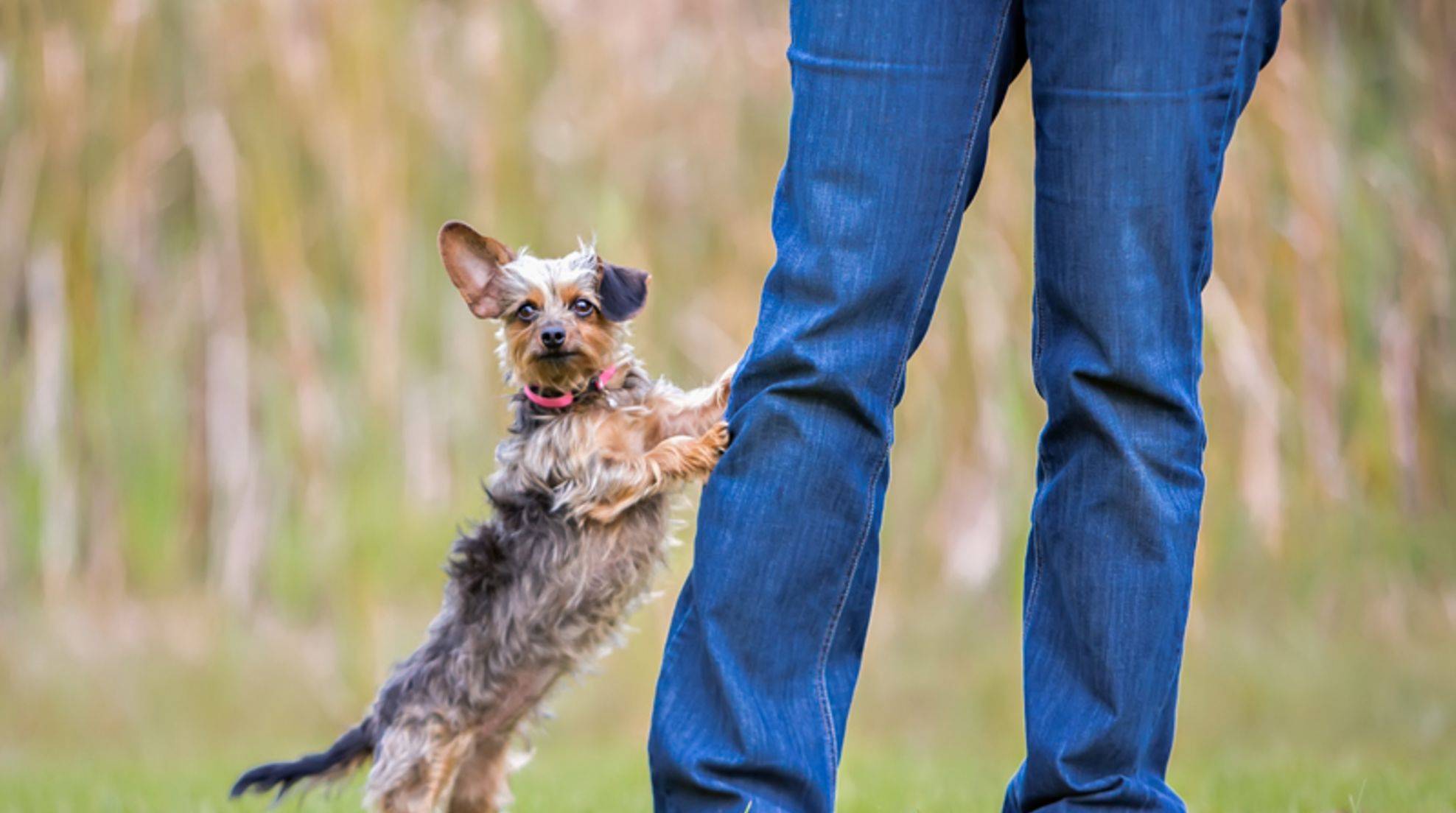Teaching the dog to retrieve: Tips
Whether it’s a ball, a soft toy, or a dog toy, teaching your dog to play fetch is a great way to combine play, fun, and training for your dog’s mind, and it’s a great way to keep your pet busy. Here are a few tips on how your four-legged friend can best learn to retrieve.
Start slowly when teaching your dog to retrieve, and build the “lessons” on each other in a sensible way. You will need a long dog leash, some snacks as a reward, and a suitable object: your furry nose should be able to carry this in its mouth without running the risk of hurting itself. The retrieving thing is called an “apparel” in technical language and can be a toy and a stuffed animal, a dummy, or a piece of wood.
Teaching the dog to retrieve: The beginnings
To make your dog chase after the retrieve when you throw it, you need to make it interesting for him. For example, his favorite toy is a good choice. Even a dummy you have previously provided with treats can encourage your dog to run after the object. Balls that keep bouncing after they are thrown also enable your dog to run but stimulate his hunting instinct. Therefore, caution is called for with such apports. How to teach your four-legged friend to retrieve with a dummy, you can read in our guide “Dummy training with dog: What is it actually?”.
Now you need a little space and quiet so that your dog concentrates on you. A long dragline should prevent your pet from running away with his captured object. Now throw the toy and praise your four-legged friend when he runs after it and picks it up. Then lure him to you by calling him and gradually shortening the leash a bit until he is with you. Then have him give you the object with the command “off.”
Reward your pet
The game should be fun! When your dog brings you the toy, he should, of course, only associate this with positive feelings – you convey these to him by rewarding him properly with a praising voice, treats, or the clicker as soon as he gives you the toy.
In the next few days, repeat the game again and again. It is better to keep the lessons short and repeat them more often so that your dog is motivated to participate and does not lose the joy of the game because he is overwhelmed. If it works well, you can start saying a command like a word “bring” when your dog runs off to get the toy. Over time, he will remember what to do on that command! Always end the training with a sense of accomplishment for your furry friend – after all, you don’t want him to feel like his prey is being taken away from him when you take his retrieve.
Teaching retrieval: Variant for sleuths
If your dog tends to be a ball junkie and immediately runs off uncontrollably as soon as you throw an object, you should teach him another variant for retrieving. In this case, you do not throw the retrieve away but let your dog sit while you hide the object. Then send your four-legged friend off with the command “Bring” or “Apport” so that he looks for the “prey,” fetches it, and brings it to you.
Incredibly if your dog is not blessed with excellent frustration tolerance and impulse control and is very impatient, it will take a while for him to master this exercise. But in the end, both he and you will be happier, more content, and more balanced. You will both have to concentrate well and pay attention to each other during the process, which is beneficial for the bond between man and dog.

